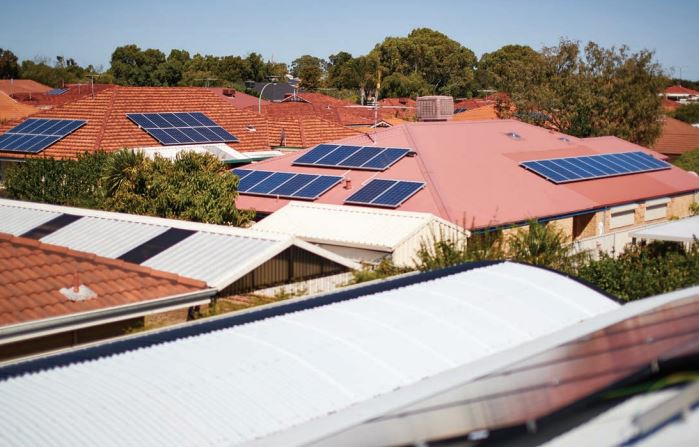Last year, a rule change making it possible for electricity networks to charge solar households to export into the grid was met with acute criticism. Last week, when the Australian Energy Regulator released its draft guidelines on what enacting such a possibility might look like, the response was far more subdued.
The Australian Energy Regulator (AER), it seems, is eager to put a firm scaffolding around the rules to ensure that fears of networks gouging solar households will not be realised.
It’s worth noting what has been released is draft guidelines only, with feedback and comment open until March 8, 2022. The final Export Tariff Guidelines are due to be published before July 1.
Importantly, Australians who already have solar systems on their roofs will not have export pricing introduced until 2025 at the earliest, with no customers able to be forced onto a tariff which includes charges for exports until 2035.
So what’s the draft proposal?
Any export tariffs must be approved by the AER. This will be done through the five-year tariff structure process, in which networks will have to convince the AER that two way pricing (the real name of what’s dubbed the “sun tax”) is necessary and will benefit customers.
Putting the onus on the networks, the AER says it was “not approve two-way pricing proposals unless” the distributor can demonstrate:
- individual network circumstances to warrant the introduction of two-way pricing, including their network’s intrinsic hosting capacity
- how their customers may be impacted if two-way pricing is not introduced
- evidence of current or estimates of future distributed energy resource (DER) penetration on the network (including rooftop solar, electric vehicles) and how this impacts network costs
- feedback from stakeholders, including customers.
Behaviour changing mechanism
Proponents of the change argue that two-way pricing will allow for more DERs like rooftop solar, electric vehicles, and home batteries to be integrated into local networks because, essentially, what the tariffs try to do is change how – or more precisely when – households consume energy. The trick is to encourage self-consumption of solar power in the middle of the day and discourage exporting.
Export limits: doing nothing was never an option
With rooftops in some parts of Australia quite literally covered to capacity, new solar customers are being subjected to ever lower export limits, with some even facing zero export limits. While this issues isn’t ubiquitous yet, it’s only getting worse with households installing record breaking amounts of solar each year.
As Mark Byrne from the Total Environment Centre, one of the proponents of the change, wrote for pv magazine Australia last year, “doing nothing was never an option.”
“The flip side of networks charging to export at some times is that they would need to reward exports at other times – probably during the evening demand peak. Battery owners are the obvious, but not the only, winners here. Solar owners could also make money out of it if they can run more appliances during the day, face their panels east or west instead of north, or charge an electric car when the sun is shining,” Byrne wrote.
Critics of the change have worried networks will use two-way charging to leverage their monopolies and ultimately bill Australians helping the country decarbonise for the inconvenience integrating solar is for distributors.
The AER is trying to ensure this doesn’t happen, with its draft guidelines just a step in what will be a decades-long process.
Again, comment is open on the draft guidelines until March 8.
This content is protected by copyright and may not be reused. If you want to cooperate with us and would like to reuse some of our content, please contact: editors@pv-magazine.com.









By submitting this form you agree to pv magazine using your data for the purposes of publishing your comment.
Your personal data will only be disclosed or otherwise transmitted to third parties for the purposes of spam filtering or if this is necessary for technical maintenance of the website. Any other transfer to third parties will not take place unless this is justified on the basis of applicable data protection regulations or if pv magazine is legally obliged to do so.
You may revoke this consent at any time with effect for the future, in which case your personal data will be deleted immediately. Otherwise, your data will be deleted if pv magazine has processed your request or the purpose of data storage is fulfilled.
Further information on data privacy can be found in our Data Protection Policy.